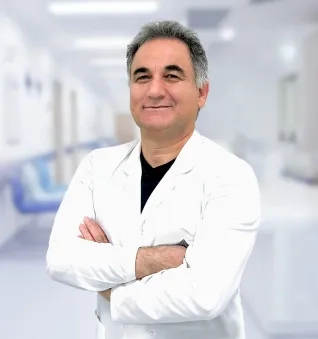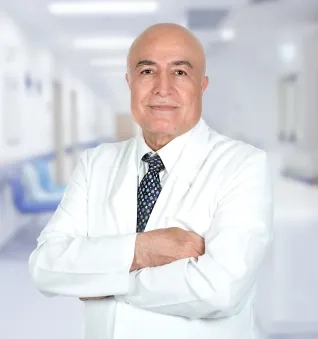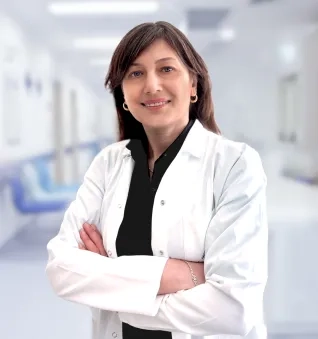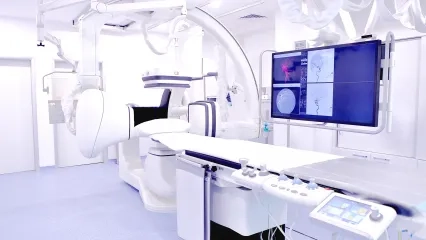Alo Yeditepe
Alo Yeditepe
Which Imaging Method Should Be Used for Breast and When?
The low sociocultural level unfortunately delays the early diagnosis and treatment of breast cancer. However, thanks to regular screening and early diagnosis opportunities, a success rate of up to 90 percent can be achieved in the treatment of breast cancer. On the other hand, breast-conserving surgery can be performed in the treatment of early-stage breast cancer, and chemotherapy and radiotherapy are less needed. Yeditepe University Kozyatağı Hospital Radiology Specialist stated that regular screenings for breast cancer are still not at the desired level.
The Only Method Proven to Reduce Mortality From Breast Cancer: Mammography!
Stating that mammography still maintains its importance as the gold standard in the regular screening of breast cancer, Assoc. Prof. said, “Mammography is an imaging method that uses low-dose x-rays and is used in the diagnosis of diseases. More importantly, mammography is the only method proven to reduce mortality from breast cancer. In women who have no complaints, mammography performed annually from the age of 40 is called 'screening mammography'. According to the recommendation of the American Cancer Institute, the World Health Organization, and the Turkish Federation of Breast Diseases, mammograms should be performed once a year in women between the ages of 40-70, and once every two years after the age of 70, depending on the physical performance of the person.”
Who Should Get a Mammogram and When?
Radiology Specialist who recommended that mammography be performed when the breast tissue is least sensitive, made the following explanations: “Especially in women with excessive sensitivity in the breast tissue, it is appropriate to perform the mammography in the week of the end of menstruation. On the other hand, performing mammography on any day has no effect on the image in women with no sensitivity.”
Is Pain Felt During Mammography?
Stating that the pain felt during a mammography is related to the pain threshold of the person, Yeditepe University Kozyatağı Hospital Radiology Specialist shed light on the pain issue that women are most curious about, especially those who will have a mammogram for the first time:
“Patients state that they feel less pain in the next-generation digital mammography devices and especially mammography devices with tomosynthesis features. Mammography is done by compressing the breast tissue between two plates for a few seconds. The compression level is automatically performed at a certain level in many systems, and thanks to the compression, less radiation dose is delivered to the breast. The procedure is basically a painless method, but the pain sensation varies according to the pain threshold of the person. It does not require any preparation beforehand. Only before the procedure, cosmetic products such as deodorant, powder, and body lotion should not be used.”
Having Implants in the Breast Is Not an Obstacle to Mammography
Radiology Specialist said, “Compressing the implant during mammography does not have a damaging effect on the implant. It is sufficient for these patients to inform the technician in advance. If necessary, ultrasonography may also be recommended from time to time.”
Ultrasound Should Be Preferred at the Ages of 30-40
Breast tissue in young women is denser. The sensitivity of mammography may be low. For this reason, it is recommended that the first preferred method is ultrasound. Also, in women over 40 years of age, if a lesion is seen on mammography, ultrasonography is recommended to understand the nature of this lesion.
For Whom Is Breast MRI Recommended and When?
Breast MRI is one of the methods used in the screening and diagnosis of breast cancer. Breast MRI is preferred as an advanced examination of suspicious lesions that cannot be clearly diagnosed by mammography and ultrasound.
Stating that breast MRI is used as a screening test, especially in high-risk patients whose first-degree relatives have breast cancer, Yeditepe University Kozyatağı Hospital Radiology Specialist , “In patients diagnosed with breast cancer, breast MRI is also used to investigate the spread of the disease and whether there is a disease in the other breast. It is the most sensitive method for detecting breast cancer. However, it should not be used unnecessarily, and the patient should not be worried for no reason.
This content was prepared by Yeditepe University Hospitals Medical Editorial Board.
Alo Yeditepe






